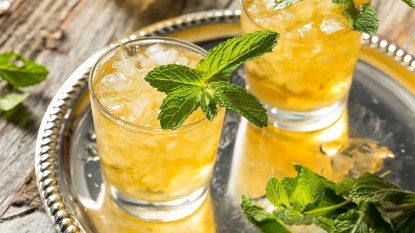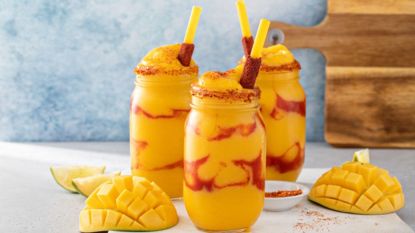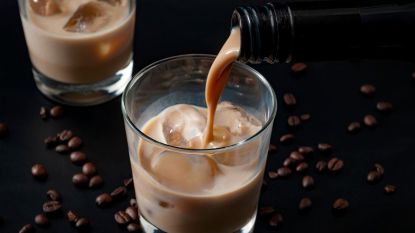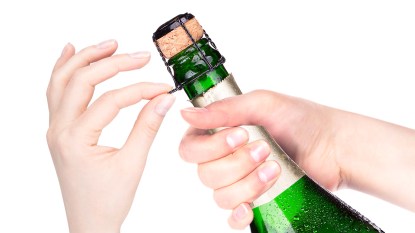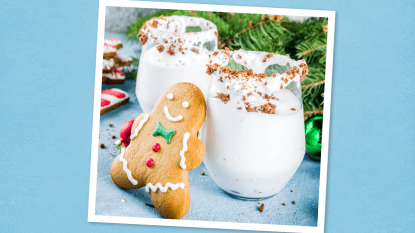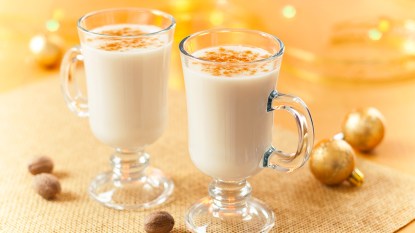Bartenders Share the 4 Things You Need for the Perfectly Stocked Bar Cart
Your guests will want an invitation back.
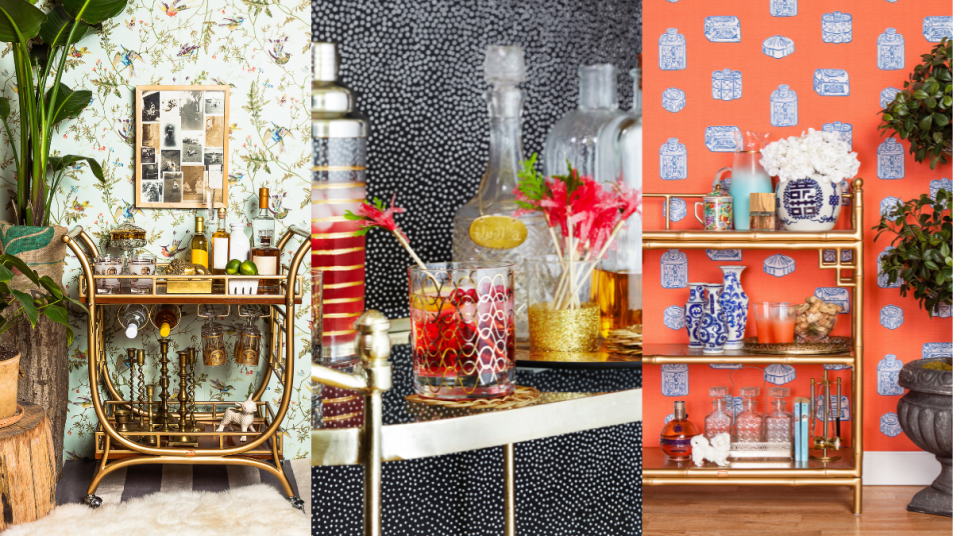
Hostess or Girl Scout, the key to success is the same: Be Prepared. That’s because earning your hosting merit badge requires meeting the needs of all your guests, whether five or 500. The first need, of course, is a cocktail. Greeting your guests at the door with a freshly mixed drink is the perfect welcome — and one that’s made more genteel when said drink is whisked from a gorgeous bar cart.
So, how do you set up a bar cart to ensure you have everything you need? The good news is that a well-stocked bar cart doesn’t require buying out your local liquor store. Here, professional bartenders provide step-by-step instructions for what you need (and what you don’t), and how to arrange your bar cart for optimal service and aesthetics.
I keep my alcohol in a cabinet in my kitchen. Why do I need a bar cart?
You don’t. Cabinets function. But being a good hostess isn’t all about function — it’s about the marriage of function and form. And bar carts exist in that intersection. Descended from Victorian-era tea trolley, the bar cart as we know it today became popular in the 1950s, when having a drink at the office was not only normal in some circles, but encouraged. The cart’s mobility allowed Mad Men-esque mixologists to fix up a tipple without walking too far away in the middle of the conversation. (Nothing like a fresh cocktail in your business associate’s hand to make deals go in your favor!)
Though workplace drinking etiquette has changed, the bar cart’s charm has not. It’s classy, compact, and convenient. And today, there are several to suit your style. Pay homage to the cart’s heyday with a midcentury iteration (Buy from Amazon, $103), or go for a more Industrial style with wood and black metal accents (Buy from Amazon, $85.99). Whatever your style, there’s something for you. But don’t worry too much about what it looks like — what you put on it is more important.
Bartenders’ Tips for Stocking Your Bar Cart
You’ve got your bar cart. Now what? You could grab a bottle of wine and that dusty bottle of fancy Scotch you got as a gift but haven’t opened because you don’t really like it. Or you could get tips from professional bartenders Harriet Leigh and Aleksey Reznikov on how to stock your bar cart so you’re always prepared to make classic, crowd-pleasing cocktails. (And just re-gift the Scotch. You’re not gonna drink it — I promise.) Here’s what Leigh and Reznikov recommend to start you out.
1. Basic Spirits
Spirits are the foundation of cocktails. And while there are hundreds of cocktails out there, you only really need to have ingredients for the most classic, crowd-pleasing ones, like margaritas, negronis, old fashioneds, gimlets, daiquiris, and spritzes. “Anything with three ingredients is what you’re looking for. If a cocktail starts reaching past five… I’d skip it. But things like a negroni or daiquiri never go out of style,” says Leigh. Your core spirits for many of these classics are:
- Vodka
- Gin
- Rum
- Tequila
- Bourbon
With these, you’ll be able to make a lot of different drinks. And while you don’t want bottom-shelf booze — at least not for the liquor you keep on display and for entertaining — you don’t have to spend top-dollar either, says Reznikov: “Ride the middle [of the price ranges] and you’ll have a great selection.”
2. Mixers
These are the non-alcoholic liquids that compose most of your drink. Some of the most important ones for your bar cart are:
- Lemon/lime juice
- Seltzer/soda water
- Ginger beer
- Cola
- Simple syrup
And because they make up the majority of your drink, they’re worth shelling out a little more for, says Leigh. For example, fresh citrus is better than bottled. Reznikov says using bottled, store-bought lime juice is “like mixing ketchup instead of fresh tomato sauce with your handmade pasta.” Ick.
3. Liqueurs
A liqueur is a liquor that has been combined with sugar and herbs, spices, or other flavorings, and is mostly used as an ingredient in cocktails rather than taken straight. Popular liqueurs include Malibu, Frangelico, and Midori. According to Reznikov, the ones you need for your bar cart are:
- Aperol
- Campari
- Cointreau
- Vermouth (sweet and dry)
These are important ingredients in drinks like martinis, boulevardiers, manhattans, Aperol spritzes, margaritas, and sidecars.
4. Bitters
Bitters started as a medical tonic, but are now used to flavor cocktails. They’re made of botanical-infused liquor, and are used in drinks like old fashioneds and Sazeracs. The most popular kinds are Angostura bitters, which has hints of cinnamon and clove; orange bitters, which is made from orange peel; and Peychaud’s bitters, which are sweet and have a mint and anise flavor. Reznikov recommends at least having Angostura and orange on hand. Leigh adds that bitters are also good for the alcohol-sensitive: squeeze some in a glass with lime and soda water, “and what you end up with is something that’s sort of tart and complex and bitter… [but] very low alcohol.”
How To Organize Your Bar Cart
Bar carts are about form and function, remember? So you can’t just throw everything on there willy-nilly and expect your guests to be impressed. There’s a formula to stocking it so it works well and looks good, according to Reznikov:
- Spirits go in the front
- Liqueurs go in the back
- Bitters and tools on the side
As for mixers or drinks like wine and beer, they should stay in the fridge. They need to be kept cold, but this also saves space on your cart. And keep glasses off the cart, but nearby. Leigh recommends the four core cocktail glasses: wine glasses with a big bowl, coupettes, short glasses, and tall ones. “Those four glasses will get you through anything you need in life,” she says.
Ready to entertain? With all these basics on your beautifully organized bar cart, you’ll be the hostess with the most(est).


